As a former special education teacher, children with special needs are very dear to my heart. Today I am excited to have Kathy Kuhl, author of Homeschooling Your Struggling Learner, share her insight and advice to families on choosing homeschool curriculum for a child with special needs.


Choosing Curriculum for a Child with Special Needs
Folks often ask me to recommend homeschool curriculum for their child with special needs. But it’s like asking me to recommend shoes. I have questions: what size, width, and activity? Any color they can’t stand? What have they tried and how did that work—or not?
Every child is unique, but here are my steps to shopping for curriculum.
1. Study your child first, and make a short list.
With a child with special needs, we parents are tempted to focus on weaknesses in basic skills and academics. List them, but also notice strengths. Passing math or spelling is something to celebrate! Being able to explain 27 kinds of horses, rocks, or locomotives is a strength—even if you hear way too much about it. Note those passions. If your child loves music, drawing, storytelling, or talking to people—even if they aren’t good at it yet—write that down.
Build your plans around their passions, strengths, and weaknesses. When you’ve got that written (keep it short), you are ready to:
2. Set goals for the year.
-
Not too many. One friend showed me her goals for 3 months. But I couldn’t do them in a year. You might hire a special education consultant to help you be realistic.
-
Don’t neglect basic life skills, whether it’s learning to wash hands, fix dinner, balance a checkbook, or deal with a disagreement with a friend. If the child is doing something that drives you crazy, like not putting away shoes, even that is a candidate for your list.
3. Network with other families.
Now that you know what you want to focus on, ask friends with kids with similar issues what they use. Don’t know anyone homeschooling a child like yours? Join Yahoo lists and online forums. Search the groups’ archives, in case someone asked your question last year.
If you aren’t on any Yahoo lists yet, search Yahoo groups for “homeschool” plus whatever special needs you are working with; e.g. “homeschool deaf,” “homeschool dyslexic” and also more general lists, like “homeschool special needs.”
4. Get a hands-on look at curriculum.
If you can go to a homeschool convention, go. Handling the materials, you learn things a catalog or website won’t tell. How big is the type and spacing? How colorful? How many practice problems? Are there alternate versions of quizzes and tests? (Some of us need second and third chances.) Talk to the representatives—many know plenty.
Remember, these are often small businesses and homeschool families, so support them by purchasing from them. If you need time to go home and think, ask if they’ll extend that convention discount a week.
5. Watch for bargains.
Sometimes you’ll find something marvelous that doesn’t fit your plans. Perhaps you had other plans for science, but then you saw something you know your child would love. Does it fit your larger goals?

Image courtesy of Kathy Kuhl
Last month I was looking for a pair of ivory pumps. I never imagined I’d buy pink slings. But I saw a cute, well-made pair, marked down. I realized they fit my wardrobe. I changed my plan, but kept to my goal, and kept under budget.
By studying your child, setting goals, networking, handling the merchandise, and thinking creatively when you find unexpected bargains, you can turn the chore of shopping for curriculum, into—if not fun, at least a satisfying shopping experience.
Kathy Kuhl, the author of Homeschooling Your Struggling Learner, helps parents help kids who are gifted, discouraged, challenged – or all three. Kathy is a veteran homeschool mom and former classroom teacher. Visit LearnDifferently.com to sign up for her newsletter and find great resources.
This post is a part of the Homeschool Basics series. Be sure to read the other posts if you are just joining in. For the record, I am not an expert. I’m a homeschool mom who is sharing what she’s learned so far along the way with her own family.




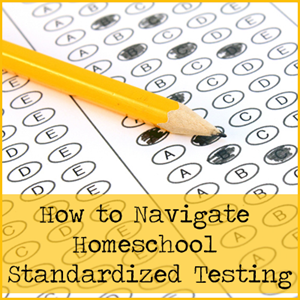













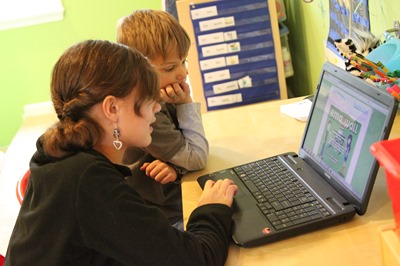
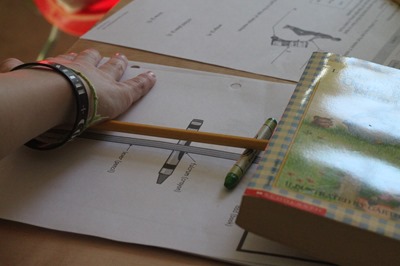
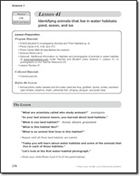 There are many subject areas that I can spend a lot of time planning and prepping, but sometimes my sanity stays a bit more intact when I do not have to come up with detailed lesson plans, scour the internet for craft ideas and experiments, and invent worksheets to go along with a subject.
There are many subject areas that I can spend a lot of time planning and prepping, but sometimes my sanity stays a bit more intact when I do not have to come up with detailed lesson plans, scour the internet for craft ideas and experiments, and invent worksheets to go along with a subject.
 Jamerrill is a Christian frugal homeschooling mom of six children who has been homeschooling for the last ten years. Throughout their homeschooling years, her family has had to homeschool for free or extremely frugal, which inspired her free eBook
Jamerrill is a Christian frugal homeschooling mom of six children who has been homeschooling for the last ten years. Throughout their homeschooling years, her family has had to homeschool for free or extremely frugal, which inspired her free eBook 
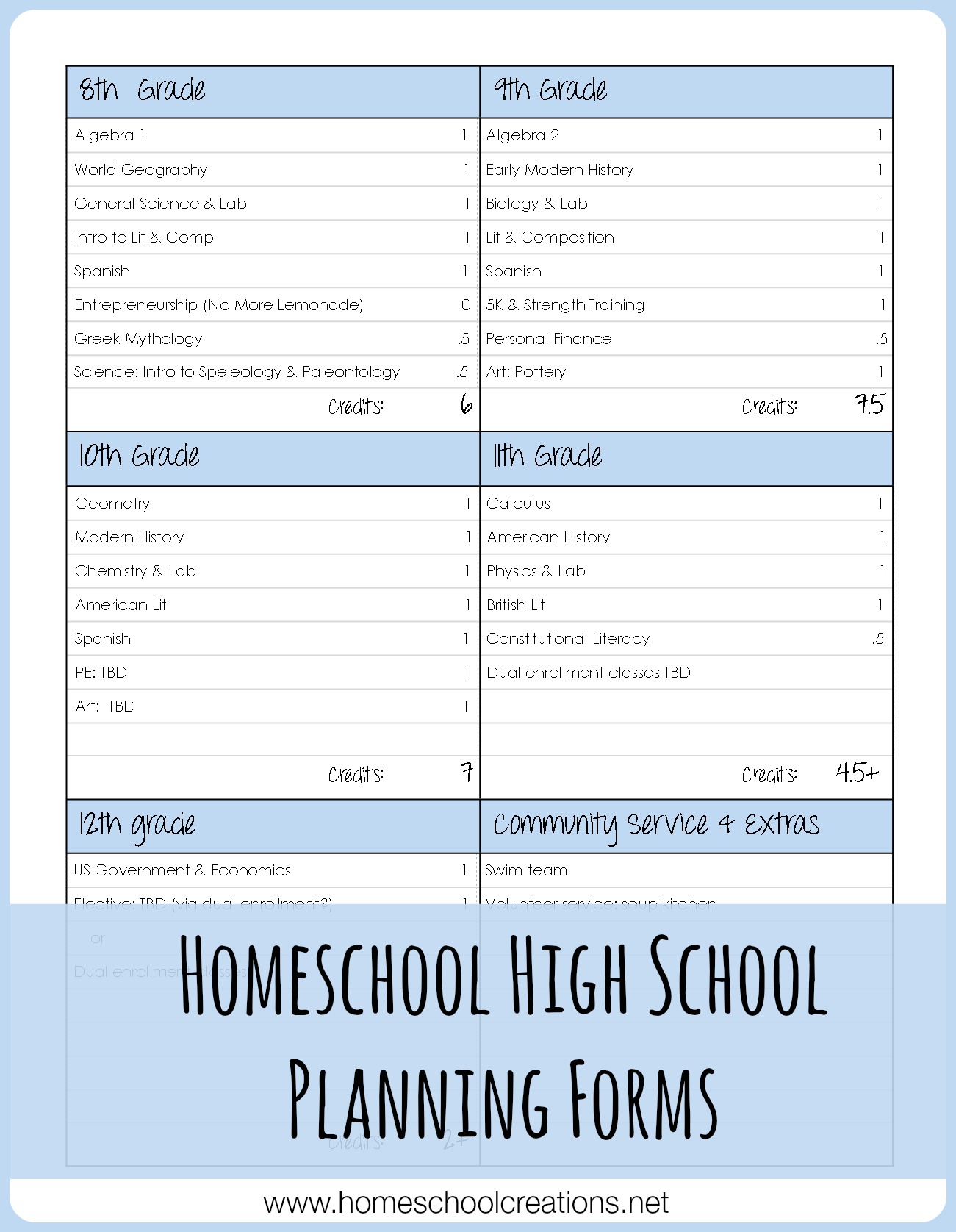
 Kris is the classically eclectic, slightly Charlotte Mason homeschooling mom to three amazing kids, the Christ-following, sweet tea addicted wife to one unbelievably supportive husband, and the formerly obese, couch-potato-turned-healthy runner of a bunch of 5K races and two half-marathons. She blogs at
Kris is the classically eclectic, slightly Charlotte Mason homeschooling mom to three amazing kids, the Christ-following, sweet tea addicted wife to one unbelievably supportive husband, and the formerly obese, couch-potato-turned-healthy runner of a bunch of 5K races and two half-marathons. She blogs at 



 The printables shared on this site are FREE of charge unless otherwise noted, and you are welcome to download them for your personal and/or classroom use only. However, free or purchased printables are NOT to be reproduced, hosted, sold, shared, or stored on any other website or electronic retrieval system (such as Scribd or Google docs). My printables are copyright protected and I appreciate your help in keeping them that way.
If you download and use some of my printables and then blog about them, please provide a link back to my blog and let me know - I'd love to see how you are using them! Please be sure to link to the blog post or web page and not directly to the file itself. Thank you!
The printables shared on this site are FREE of charge unless otherwise noted, and you are welcome to download them for your personal and/or classroom use only. However, free or purchased printables are NOT to be reproduced, hosted, sold, shared, or stored on any other website or electronic retrieval system (such as Scribd or Google docs). My printables are copyright protected and I appreciate your help in keeping them that way.
If you download and use some of my printables and then blog about them, please provide a link back to my blog and let me know - I'd love to see how you are using them! Please be sure to link to the blog post or web page and not directly to the file itself. Thank you!